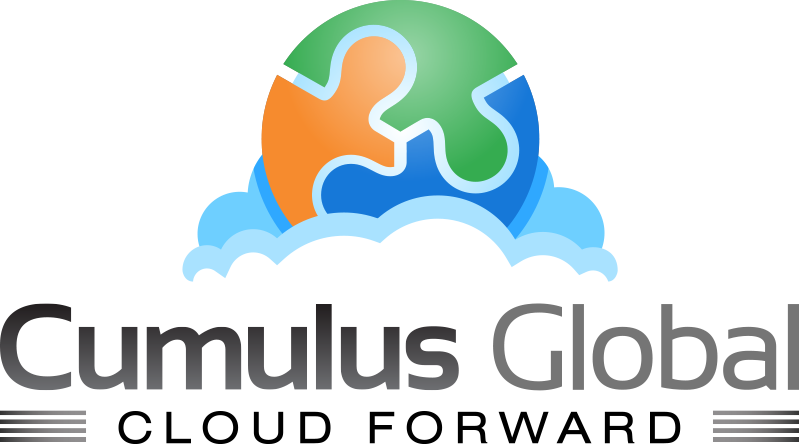4 Steps to Recalibrate Your IT Strategy
With our four steps to recalibrating your IT strategy, you’ll be able to assess appropriate changes and make informed decisions about future business and IT services.
Back in September 2020, in the heart of the COVID-19 pandemic, Garter published a leadership article on IT Strategy entitle, “Decide Now How Much to Recalibrate IT Strategic Plans.” The article, within the context of the pandemic, discusses how IT leaders might decide the scope of changes to strategic plans. While intended for enterprise and upper mid-market CIOS, the article brings forward some valid points for the small and midsize businesses we serve.
Recalibrating Your IT Strategy in Four Easy Steps
1. Understand Changes to Your Business
In the midst of change, particularly when the triggers are beyond our control, assessing the scope and impact is difficult. By stepping back with this first strategy to recalibrate your IT plans, we can assess the current, and expected, changes both impacting our businesses and within.
- Is your business still in response? Or have you moved into recovery and renewal?
- How have new work models — in-office, at home/remote, and hybrid — altered the way your employees work?
- What do you expect the mix to be going forward?
- To what extent have your business’ strategy or tactics changed?
- Are these near-term, longer-term, or transitional in nature?
- Do you have IT strategic services in place?
2. Map Business Changes to IT Plans and Services
With an understanding of the impact and on-going changes to the business, you can assess your IT strategy and tactics.
- How have changes affected the business model, markets, or operations of the business?
- What changes to business goals, objectives, or strategies need to be reflected in your IT services, strategy, or tactics?
- Did you add any new or temporary capabilities/services that you no longer need — or that should be made permanent?
- How might changes be impacting your costs, risks, or value proposition of your IT services and systems?
3. Rate Changes and Impacts from Your IT Strategy
With the above in mind, rate the impact of business change on your IT plans and services. From here it will be much easier to strategize and plan your next IT moves with data in mind.
- Critical
- Business direction and/or operations warrant a new IT strategy and a re-alignment of most IT services.
- Major
- Your IT strategy needs adjustments with significant changes to IT services and priorities.
- Minor
- Your IT strategy and services remain valid, but the priorities and timing of your plans need to adapt.
- None
- Your existing strategy and services continue to meet your IT and business needs.
4. Adjust Your Strategic IT Plans Accordingly
Understanding the scope and impact of changes to your IT strategy, plans, and services, you can recalibrate and move forward in a structured, efficient manner.
- Reprioritize
- Determine which initiatives to start, stop, pause, or reset.
- Identify IT services that should be removed or normalized.
- Communicate
- Share changes, priorities, and reasons with your team to build ground-level support.
- Reset Metrics
- Determine how you want to measure change and results — cost savings, productivity, etc.
Whether your business and IT services going forward need minor adjustments or major rework, Cumulus Global can assist in your planning and execution. Contact us for a complimentary session with one of our Cloud Advisors.

 As part of our ChromeCycle Program,
As part of our ChromeCycle Program,  As noted in our recent post,
As noted in our recent post,  Cloud Computing is reaching a tipping point for small and midsize enterprises (SMEs) as the number and value of cloud-based applications and systems surpasses those running on site. Beyond email, SMBs use Software-as-a-Service solutions for customer relationship management, operations, finance, customer service, and vendor/supply chain management. SMBs want better integration between SaaS solutions and custom-built solutions to further enhance operations, marketing, sales, and the bottom line. Over the next few years, bots, machine learning/AI, and business intelligence will become the norm for SMBs as well as larger enterprises.
Cloud Computing is reaching a tipping point for small and midsize enterprises (SMEs) as the number and value of cloud-based applications and systems surpasses those running on site. Beyond email, SMBs use Software-as-a-Service solutions for customer relationship management, operations, finance, customer service, and vendor/supply chain management. SMBs want better integration between SaaS solutions and custom-built solutions to further enhance operations, marketing, sales, and the bottom line. Over the next few years, bots, machine learning/AI, and business intelligence will become the norm for SMBs as well as larger enterprises.
